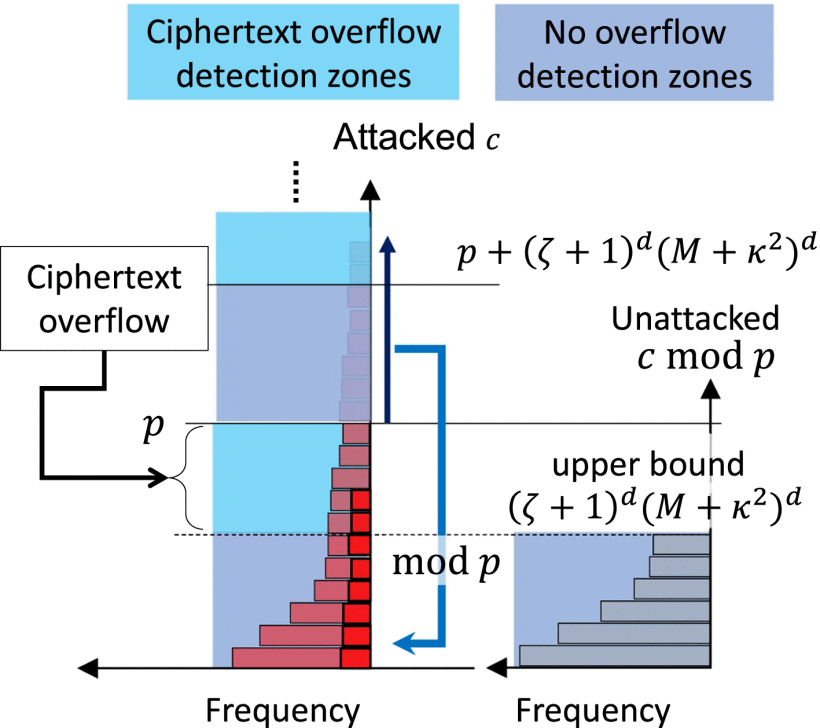False Data Injection Attacks (FDIA) are a concrete and significant threat to industrial motion control systems, far from being merely hypothetical. These attacks involve manipulating critical data, often sensor feedback, to deceive the control system into misinterpreting the physical state of machinery, which can lead to severe consequences such as equipment damage, system instability (Mo & Sinopoli, 2010), and dangerous uncontrolled movements posing risks to both production and personnel safety (Scilight, 2025). Unlike simple disruptions, sophisticated FDIAs can be crafted to evade traditional anomaly detection by appearing consistent with expected system behavior, a capability starkly demonstrated by real-world malware like Stuxnet, which manipulated process data in Siemens PLCs to cause physical damage while hiding its actions (CISA; ENISA; MITRE ATT&CK). Consequently, the threat of FDIA is taken seriously by cybersecurity experts and industrial operators who recognize the vulnerabilities inherent in increasingly connected control systems and the potential for devastating physical impacts (CISA; ENISA).
Recent advances in robust motion control have enhanced system resilience against non-malicious disturbances like unmodeled dynamics and measurement noise. However, the increasing connectivity in certain high-value industrial systems introduces potential vulnerability to False Data Injection Attacks (FDIAs). For specific application domains where the risk justifies the investment, research at the intersection of control theory and cybersecurity may help determine whether existing robust techniques require enhancement or if fundamentally new approaches are needed. This exploration should consider the practical constraints of real-time operation, computational limitations, and performance requirements while addressing the particular challenges posed by adversarial manipulations in networked motion control systems.
The research in cyberattack resilient motion control systems addresses critical vulnerabilities at the intersection of robotics and cybersecurity. The lab has pioneered several novel approaches to protect robotic systems from sophisticated attacks while maintaining operational performance.

Our research has identified a class of perfectly undetectable false data injection attacks (FDIAs) based on affine transformations that can compromise robotic manipulators and mobile robots. These attacks exploit weaknesses in the partially linear dynamic properties and symmetry of nonlinear robotic systems , allowing attackers to inject multiplicative and additive false data that remains hidden from detection. This work has been published in multiple papers including “Affine Transformation-based Perfectly Undetectable False Data Injection Attacks on Remote Manipulator Kinematic Control with Attack Detector” (Ueda and Blevins) in IEEE Robotics and Automation Letters.
To counter these vulnerabilities, the lab has developed encrypted control architectures using somewhat homomorphic encryption (SHE) techniques. Our approach encrypts the entire motion control scheme—including sensor signals, model parameters, and feedback gains—and performs computations directly on the encrypted data . This includes:
1) Encrypted model reference adaptive control with false data injection attack resilience via SHE-based overflow traps
2) Encrypted coordinate transformations for secure robotic teleoperation using parallelized SHE
3) Encrypted feedback linearization for nonlinear robot dynamics that preserves control performance while securing sensitive data

Our work applies geometric approaches and group theory to address the mathematical structure of system dynamics, particularly for nonlinear robotic systems. Current projects include research on “A Geometric Approach for Generalized Encrypted Control of Networked Dynamical Systems” funded by the NSF CMMI Program, which extends these security principles to broader networked control applications.
References
[1] Jun Ueda, Affine Transformation-based Perfectly Undetectable False Data Injection Attacks from Controller’s Perspective on State- and Output Feedback Linear Control Systems, IEEE Transactions on Industrial Cyber-Physical Systems, accepted, September 2025 (IEEE Xplore early access) (Code Ocean)
[2] J. Ueda and J. Blevins, “Affine Transformation-based Perfectly Undetectable False Data Injection Attacks on Remote Manipulator Kinematic Control with Attack Detector,” IEEE Robotics and Automation Letters, vol. 9, no. 7, pp. 8690-8697, 2024.
DOI: 10.1109/LRA.2024.3451397
[3] J. Ueda and H. Kwon, “Perfectly Undetectable Reflection and Scaling False Data Injection Attacks via Affine Transformation on Mobile Robot Trajectory Tracking Control,” arXiv preprint, 2024.
arXiv:2408.10177
[4] B. Kwon, S. Kosieradzki, J. Blevins, and J. Ueda, “Encrypted Coordinate Transformation via Parallelized Somewhat Homomorphic Encryption for Robotic Teleoperation,” 2023 IEEE/ASME International Conference on Advanced Intelligent Mechatronics (AIM), Seattle, WA, 2023.
DOI: 10.1109/AIM.2023.10196122
[5] K. Teranishi, K. Kogiso, and J. Ueda, “Encrypted feedback linearization and motion control for manipulator with somewhat homomorphic encryption,” IEEE/ASME International Conference on Advanced Intelligent Mechatronics, Boston, 2020.
DOI: 10.1109/AIM43001.2020.9158986
[6] S. Kosieradzki, X. Zhao, H. Kawase, K. Kogiso, and J. Ueda, “Secure Teleoperation Control Using Somewhat Homomorphic Encryption,” IFAC 2022 Modeling, Estimation, and Control Conference (MECC 2022), 2022.
[7] X. Zhao, S. Kosieradzki, and J. Ueda, “Distributed Simulation of Encrypted Dynamics via Functional Mockup Units,” 2023 IEEE/SICE International Symposium on System Integrations (SII 2023), 2023.
[8] S. Kosieradzki, Y. Qiu, K. Kogiso, and J. Ueda, “Rewrite Rules for Automated Depth Reduction of Encrypted Control Expressions with Somewhat Homomorphic Encryption,” Proceedings of the 2022 IEEE/ASME International Conference on Advanced Intelligent Mechatronics (AIM 2022), 2022.
[8] H. Kawase, W. Meinhold, and J. Ueda, “Encrypted Classification for Prevention of Adversarial Perturbation and Individual Identification in Health-Monitoring,” 2023 IEEE/ASME International Conference on Advanced Intelligent Mechatronics (AIM 2023), Seattle, WA, 2023.
[9] Y. Qiu and J. Ueda, “Encrypted motion control of a teleoperation system with security-enhanced controller by deception,” ASME 2019 Dynamic Systems and Control Conference, 2019.
[10] J. Blevins and J. Ueda, “Encrypted Model Reference Adaptive Control with False Data Injection Attack Resilience via Somewhat Homomorphic Encryption-Based Overflow Trap,” IEEE Transactions on Industrial Cyber-Physical Systems, 2025.
TechRxiv. DOI: 10.36227/techrxiv.172469519.92808714/v1

NSF CMMI Grant Number 2112793 and FRR 2516189
